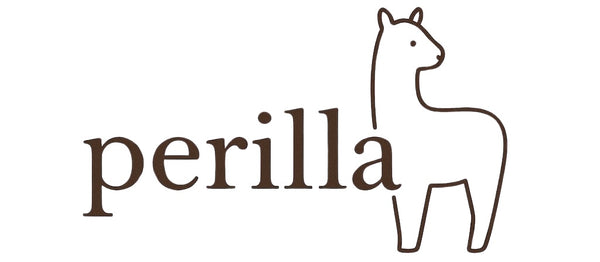about alpacas
 Our fondness for these amazing animals stems from their gentle, sociable nature, which makes them delightful companions. A cousin to the larger (and less friendly) llama, the alpaca is part of the New World Camelid family. Originating from the South American Andes, the alpaca's prized fleece evolved as a result of the high altitude of the animal's native environment, where they have grazed for thousands of years on the Altiplano (high mountain plateau of the Andes) at 3,000 metres and above. The Altiplano is the most extensive area of high plateau outside of Tibet on earth.
Our fondness for these amazing animals stems from their gentle, sociable nature, which makes them delightful companions. A cousin to the larger (and less friendly) llama, the alpaca is part of the New World Camelid family. Originating from the South American Andes, the alpaca's prized fleece evolved as a result of the high altitude of the animal's native environment, where they have grazed for thousands of years on the Altiplano (high mountain plateau of the Andes) at 3,000 metres and above. The Altiplano is the most extensive area of high plateau outside of Tibet on earth.
Alpacas were first domesticated by man some 7,000 years ago. During the Inca civilisation, they were prized and traded for their fleece, of which certain grades and colours were reserved only for Inca royalty.
They are very environmentally friendly animals. On the Altiplano the grazing is unsurprisingly very poor. Alpaca have an extremely efficient digestion which copes well with such a poor diet, their padded feet don't erode the ground and they tend to do their droppings in one area which makes their waste easy to manage (it is used as fuel). In this way it provides an income for communities who live just on or under subsistence levels and, has done so since time immemorial.
Around 2,200 families are involved in alpaca farming above 3,000 metres - an estimated 12,000 to 15,000 people in all who, if not for this, would have no other means of earning a living.
Alpaca are unusual in that they can be mated at any time or day, they do not come into season as most animals do. They also never have their young at night as the night temperatures on the Altiplano are so low.


